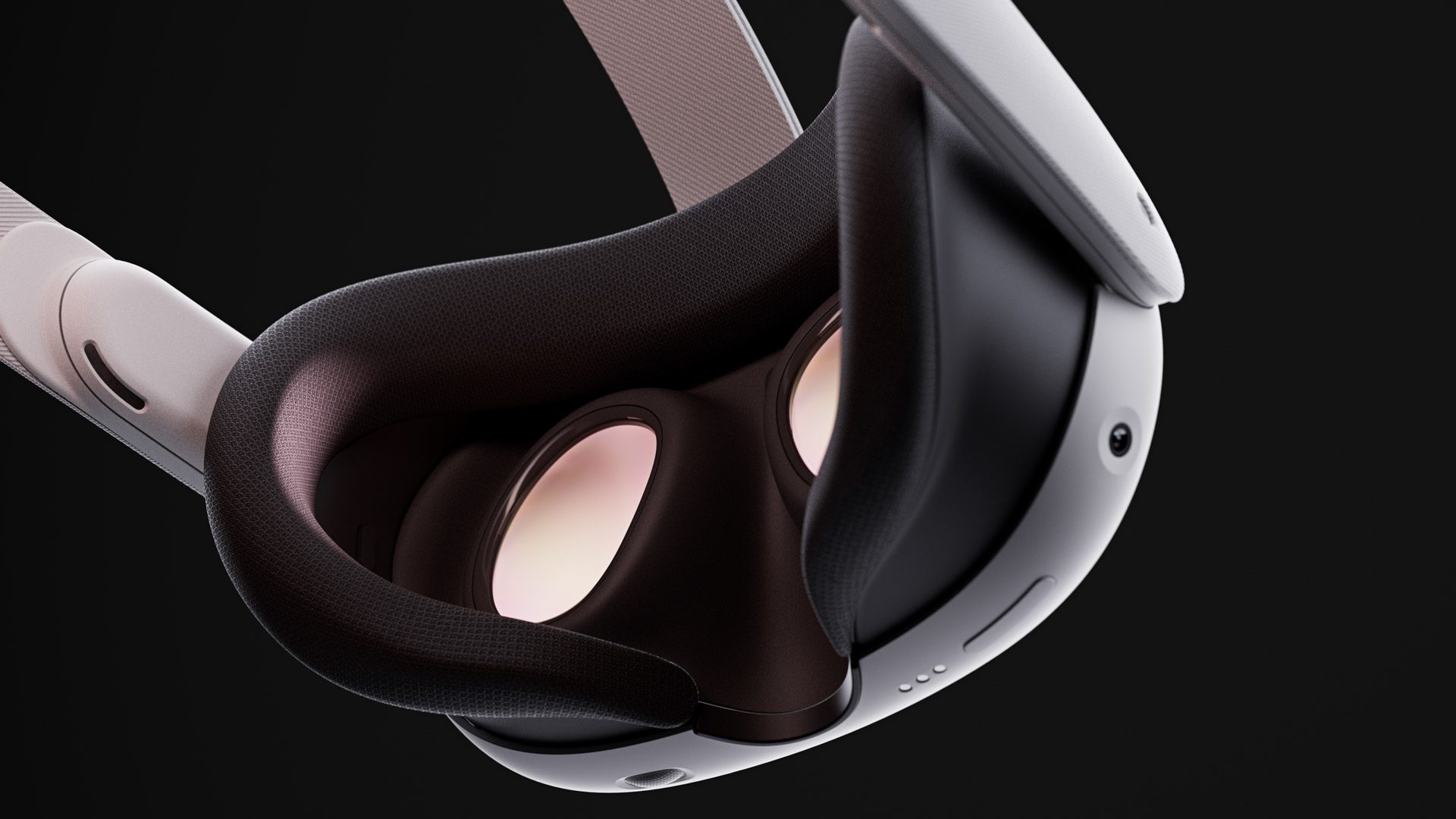It’s been a long-held assumption that the human eye is capable of detecting a maximum of 60 pixels per degree (PPD), which is commonly called ‘retinal’ resolution. Any more than that, and you’d be wasting pixels. Now, a recent University of Cambridge and Meta Reality Labs study published in Nature maintains the upper threshold is actually much higher than previously thought.
As the University of Cambridge’s news site explains, the research team measured participants’ ability to detect specific display features across a variety of scenarios: both in color and greyscale, looking at images straight on (aka ‘foveal vision’), through their peripheral vision, and from both close up and farther away.
The team used a novel sliding-display device (seen below) to precisely measure the visual resolution limits of the human eye, which seem to overturn the widely accepted benchmark of 60 PPD commonly considered as ‘retinal resolution’.



Pretty cool stuff actually